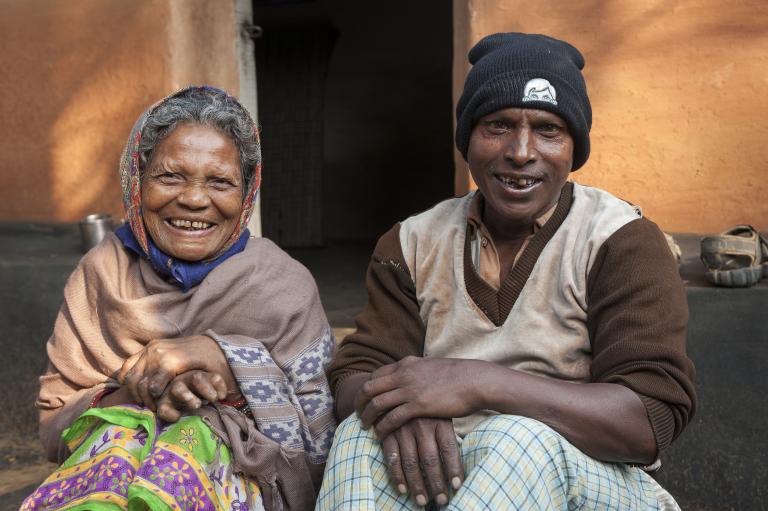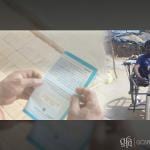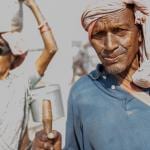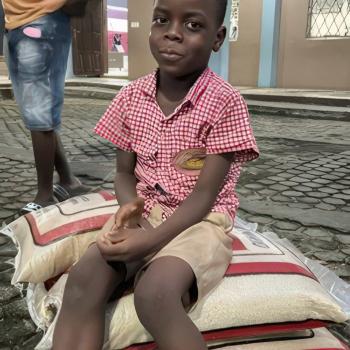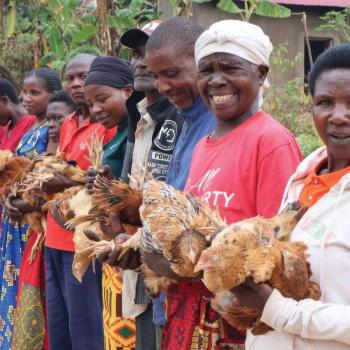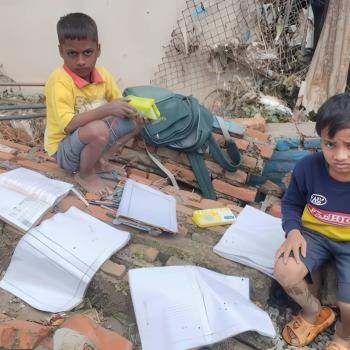WILLS POINT, TX – Gospel for Asia (GFA World) founded by Dr. K.P. Yohannan issues the first part of a Special Report update on the current progress in the fight against leprosy where global leprosy-elimination leaders are making exciting advances both medically and socially.
In 2018, another 208,619 new cases of leprosy were detected globally. Is any progress being made in the fight to eliminate leprosy?
In short, yes. Even detecting those new cases is one step closer to conquering leprosy. However, the fact that more than 200,000 people were diagnosed with leprosy reveals we still have work to do.
As discussed in Gospel for Asia’s previous Special Report, Leprosy: Misunderstandings and Stigma Keep it Alive, the fight against leprosy, also known as Hansen’s disease, has two main battlefronts. The first and most obvious is in the medical field: detecting and treating leprosy patients before they suffer permanent damage or transmit the disease to anyone else. The second battle line is equally important—and equally challenging: eliminating discrimination and stigma toward those affected by leprosy.
Global leprosy-elimination leaders are making exciting advances both medically and socially that are worth noting.
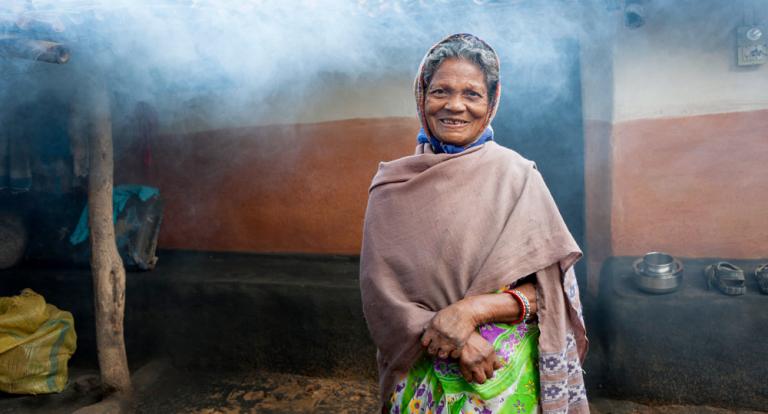
Medical Advances: Leprosy Prevention Is Key to Elimination
One of the great hindrances in eliminating leprosy is detecting and treating new cases before the infection spreads to others. Leprosy can take as long as 20 years to manifest physical signs of the infection and can spread to many vulnerable people during that incubation period. Additionally, because people with leprosy are frequently ostracized by society, many who suspect they have contracted leprosy will hide their condition, enabling transmission and going without the treatment that would save them from disfigurement.
to manifest physical signs of the infection.
Multi-drug therapy (MDT) treatment has successfully cured leprosy patients since the 1980s, but it is not preventative in nature. The treatment does eliminate any chance of transmission in cured patients, but that alone cannot eliminate global leprosy due to the number of people who hide their condition. MDT also does not reverse any damage caused by the disease, so impacted nerves or wounds experienced from nerve damage remain as evidence of the patient’s traumatic health issue. Treatment must be provided prior to disfigurement in order to avoid these physical effects of leprosy.
For these reasons, preventing and quickly detecting new cases are vital partners to the established MDT treatment.
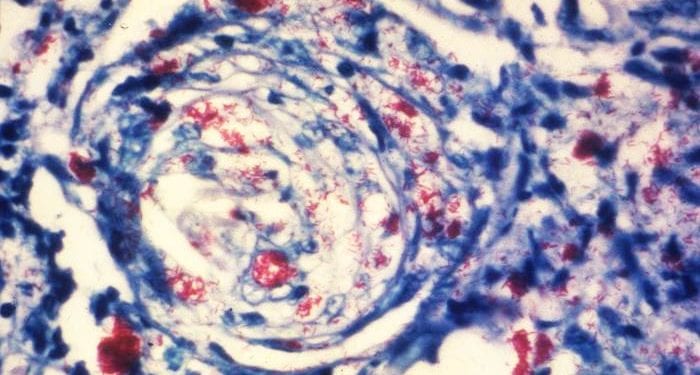
A Vaccine for Leprosy
A new player for leprosy elimination is on the horizon: a leprosy vaccine. American Leprosy Missions (ALM), a Christian organization focusing on aiding those impacted by neglected tropical diseases, is 17 years into its partnership with the Infectious Disease Research Institute to develop the world’s first leprosy-specific vaccine. The vaccine, LepVax, has proven hopeful during the development process and is currently being tested among volunteers in a leprosy-endemic area.
In its recent report on the Phase 1a clinical trial, ALM writes, “We believe this leprosy vaccine will be an exciting new way to stop the transmission of leprosy and the only way to protect people long term. What’s more, the vaccine may protect against nerve damage among those already diagnosed with leprosy, the most serious complication of leprosy.”
If people living in areas with high rates of leprosy received a leprosy vaccine, new cases could be avoided—an incredible landmark in global leprosy elimination. This promising vaccine is projected to be in Phase 1b clinical trials for another two years before moving on in the development process.
Preventative Medication
Another exciting new shift in the world of leprosy is the use of preventative medication for those at risk of developing leprosy. This relatively new practice takes one of the drugs used in the MDT treatment, rifampicin, and administers it to people in frequent proximity to those with leprosy, such as family members of leprosy patients or those living in endemic areas.
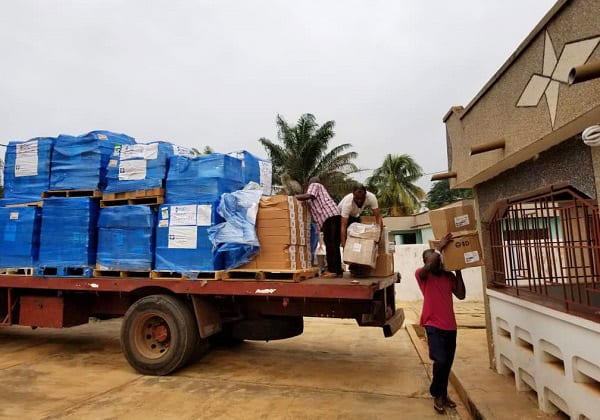
This single-dose rifampicin (SDR) treatment reduces people’s risk of developing leprosy by 60 percent, whether or not they have previously been exposed to the disease. It is not a magic cure—success rates vary among the different kinds of leprosy, and protection only lasts a few years—but it has an additional benefit. Providing this treatment for those at risk of contracting leprosy also enables medical workers to discover early cases of leprosy in people who might otherwise not be examined. The stigma around leprosy, however, has barred the way for medical treatment in many areas. Many people still hesitate to do anything in connection to leprosy treatment, even if it is preventative.
Resources to overcome challenges like this were presented during the 20th International Leprosy Congress. In September 2019, more than 1,000 people from 55 countries gathered in Manila, Philippines, for the Congress. There, scientists, practitioners and leprosy advocates shared research, ideas and resources to further their goal of zero leprosy.
During the Congress, the Global Partnership for Zero Leprosy launched the Best Practices Zero Leprosy Toolkit, designed to “support countries in their work towards ending leprosy and its associated disabilities and stigma.”
Just one of the valuable resources this kit contains is advice on how to prepare communities to be favorable toward receiving preventative SDR.
Medical personnel found that performing pre-treatment counselling in communities promoted willingness toward participation in the SDR preventative treatment. Education about leprosy made 90 percent of those in close connection to leprosy patients willing to participate in the treatment.
Progress in the Fight Against Leprosy — Leprosy Prevention is Key to Elimination: Part 2
This Special Report originally appeared on gfa.org.
Read another Special Report from Gospel for Asia on Leprosy: Misunderstandings.
Learn more about the GFA-supported leprosy ministry, or the Reaching Friends Ministry, helping remind people affected by leprosy that, despite the stigma of leprosy, they have dignity and are valued by God.
Click here, to read more blogs on Patheos from Gospel for Asia.
Learn more about Gospel for Asia: Facebook | YouTube | Instagram | LinkedIn | SourceWatch | Integrity | Lawsuit Update | 5 Distinctives | 6 Remarkable Facts | 10 Milestones | Media Room | Poverty Alleviation | Endorsements | 40th Anniversary | Lawsuit Response |
Notable news about Gospel for Asia: FoxNews, ChristianPost, NYPost, MissionsBox


